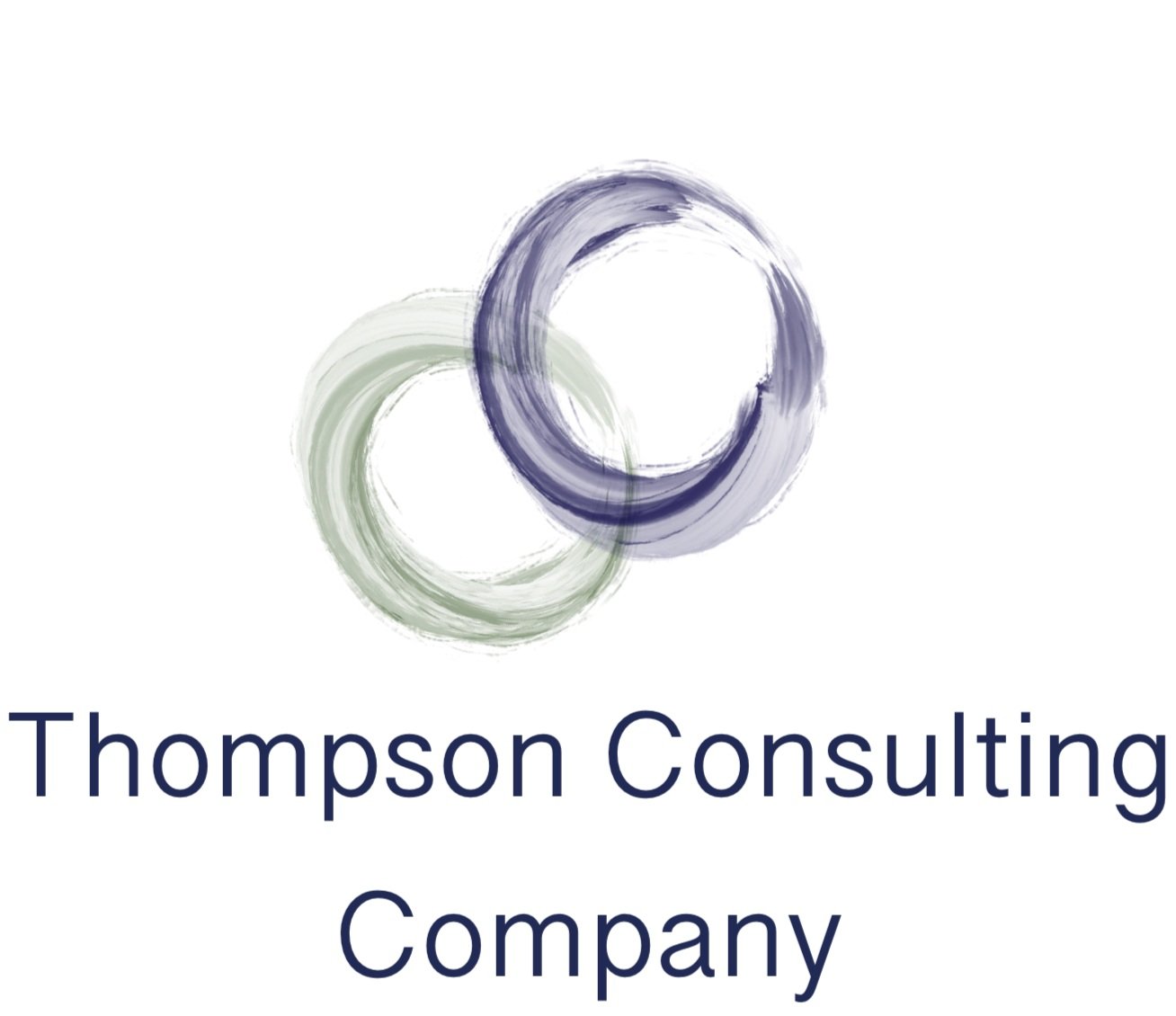Retain Employees with a Culture of Learning and Development
The world of work is always changing, and it’s so incredibly useful to have access to data from organizations like Gallup, Pew Research Center, and LinkedIn to help us understand the trends. Organizations that understand the trends can be agile and focus on organizational development that will create a successful future for both the organization and the people who work there.
The value of an organization’s learning and development strategy has increased dramatically. Employee retention efforts are already struggling. 93% of organizations say they are concerned about employee retention, and at the same time, employees increasingly see data that shows they’ll likely to get more money by switching jobs than by staying where they are. More money is appealing in a time of increased costs and inflation. But employees aren’t just looking to grow their income in the short term, though increased earnings are a significant motivation for choices about employment. They’re looking to grow their skills and themselves.
Employees see the world changing. They’ve seen how remote any hybrid work have changed the workplace, and they’re not naïve to the impacts that AI and other tech might have on organizations in the near future. They’re smart, and they want to be prepared for it by having a robust, modern toolkit, as well as increasing their earning potential.
All the way back in 2019, a report from the ExecuSearch Group found that 86% of employees would change jobs if offered more opportunities for professional development. More recent data suggests that the focusing on development is a primary need for organizations this year, such as LinkedIn’s 2023 Workplace Learning Report. The four focus areas for the year are aligning learning programs to business goals, upskilling employees, creating a culture of learning, and improving employee retention.
In short, employee retention is a big deal, and one of the most important aspects of employee retention is learning and development opportunities.
Simply put, it’s not enough just to have a learning and development program. It has to be part of your culture.
For example, you can send leaders to leadership training. But if senior leaders don’t establish an authentic, believable leadership culture through leading by example, communicating a plan and executing on it, your leadership development program won’t have the impact you’re looking for.
You can conduct an employee survey, but if you don’t openly and clearly respond to the organization regarding the survey results and what you’re planning to do with the information, you’re not going anywhere. In fact, it might be more damaging to do a survey and then ignore the results than to not do the survey at all.
In the midst of the obvious need to focus on learning and development, too many organizations are cutting their budgets for training and other related items. Budget isn’t everything, as the amount you spend isn’t always the best indicator of effectiveness. But cutting the budget without a plan for how you’ll continue to prioritize learning and development tells the organization that it’s not a priority. One leader I spoke with recently told me that things may be tightening up in their industry, but that one of their values was a culture of learning, so they were going to continue to make it a priority. When you abandon your values easily in difficult times, it shows your organization that your values are just lip service, and people don’t want to be part of something that feels fake.
In order for learning and development to be successful in terms of employee retention, it has to be a legitimate, authentic part of the culture, not just an “add-on”. The core of learning and development, whether it’s leadership skills or technical skills, is the ability to accurately appraise your current skills and performance and identify areas for growth. It’s harder than it sounds, because sometimes it will mean finding gaps between how effective you think you are and how effective you actually are, or that you weren’t as good at something as you thought. But if senior leaders and executives aren’t engaging with growth for themselves and their teams, it will show up, and others won’t engage with growth either. Those who want to grow will leave for greener pastures.
To summarize, authentic learning and development culture backed by leaders who walk the talk will help an organization to retain its high performers. People don’t just want to participate in a program. They want to be part of an organization that says it cares about their success and then demonstrates it through observable action.
So how do you go from implementing a program to establishing learning and development as part of your culture?
1. Tell people what you’re going to do and who you’re going to be. You can establish a commitment to learning and development in so many ways. You can include it in your values and vision. You can design events to talk about the importance of learning and development and share the organizations plans to engage in growth. You can communicate through targeted emails and company wide communications. Perhaps most importantly, you can train your people-leaders to engage in learning and development plans and conversations with those they lead, and then hold your leaders accountable to emphasize it with their employees.
2. Lead by example by engaging in observable growth at the top. Demonstrate senior leadership’s commitment to growth. Engage in teambuilding sessions. Go out of your way to assess the team and how its effectiveness is seen by the organization. Don’t just be open to learning about the gaps between what you think is happening and what’s really happening. Pursue opportunities to learn about the gaps frequently and with curiosity. Conduct a meaningful survey, or hire someone to do qualitative assessment for your leadership team and shine a light on areas that are hard to see from the inside. Then talk about what you learned and how you’re adjusting and growing in communications with the organization.
3. Follow through. Do what you say you’re going to do. If your survey or qualitative assessment says leaders aren’t initiating enough conversations about development with their people, tell people your plan for improving. Then execute the plan and follow up to make sure your efforts are actually showing up.
Learn more about how I can help your organization at www.thompsonconsultingcompany.com.

